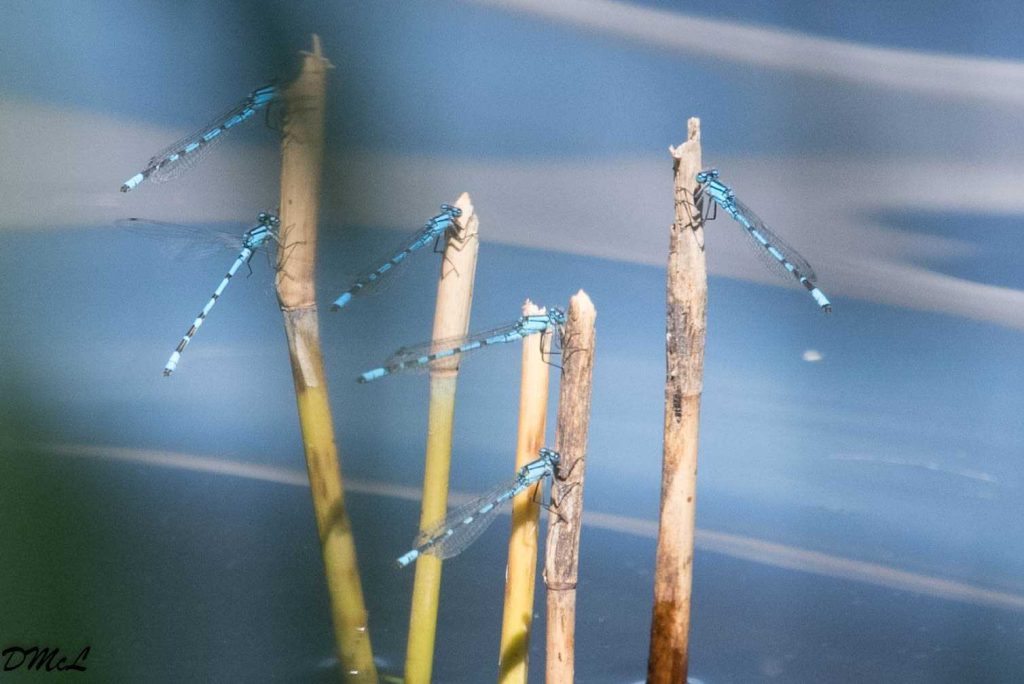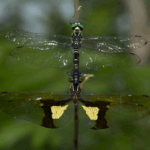What is difference between dragonflies and damselflies?
There are a number of differences.
(1) Dragonflies, in general, are more robust than damselflies.
(2) The eyes of most dragonflies meet on top of the head while those of damselflies are widely separated, almost on stalks, on either side of the head.
(3) The name of the suborders each group belongs to gives us another answer. Dragonflies belong to the suborder Anisoptera, which means unequal winged; the damselflies belong to the suborder Zygoptera, meaning equal winged. The hind wings of dragonflies are broader at the base than the forewings whereas the forewings and hind wings of damselflies are similarly shaped.
(4) Dragonflies hold their wings out to the side when at rest, but damselflies usually fold their wings up over their back when at rest. The spreadwing damselflies are the exception to this rule for they may hold their wings open somewhat (but not flat) or they may go ahead and fold them over their backs.
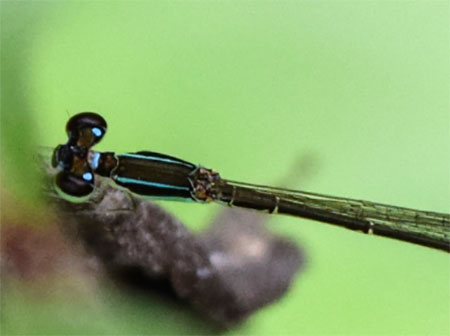
At a glance: Telling these insects apart
| Dragonflies | Damselflies | |
| Eyes | Large eyes which almost touch each other and take up most of the head | A gap between the eyes |
| Body shape | Bulky body shape, shorter and thicker | Longer and thinner body |
| Wing shape | Hindwings are broader than forewings | Both forewings and hindwings are of similar size |
| Position of wings at rest | Wings are spread flat out like an airplane when it is at rest | Wings are usually folded and held up close together above its body when it is at rest |
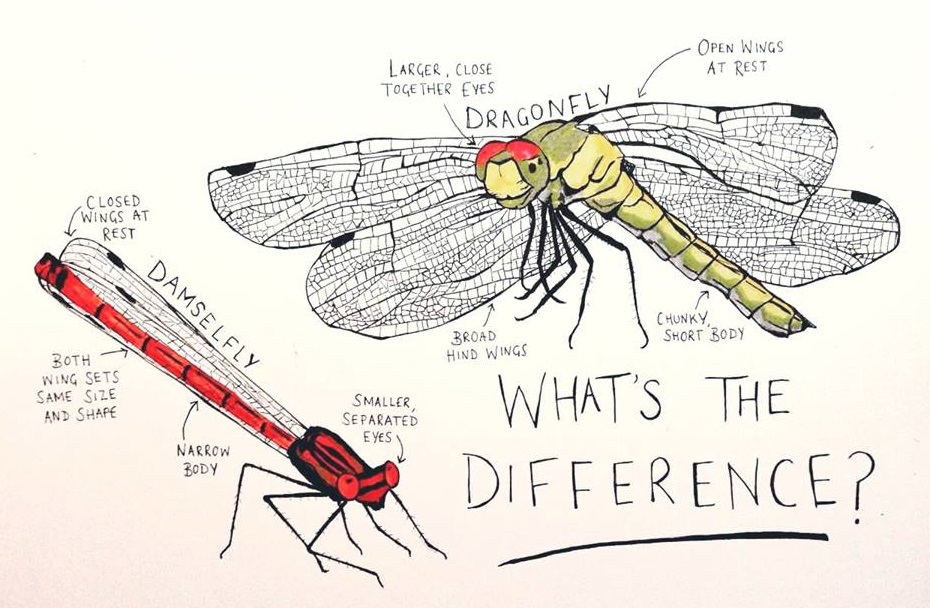
What’s the difference?: Dragonfly vs. damselfly
If you’ve ever spent time near a pond or stream on a beautiful summer day, you’ve likely been buzzed by a dragonfly or two. Or maybe it was a damselfly. How can you tell the difference?
Dragonflies and damselflies are similar, both belonging to the Odonata subspecies of insects. More than 5,000 species of these insects exist, with dragonflies being more common than damselflies, according to Insect Identification.
Both dragonflies and damselflies are typically found near fresh water and are commonly seen during warm, sunny days. And while they share some physical characteristics, there are four ways you can differentiate between the two, according to Mother Nature Network(Opens in a new window).
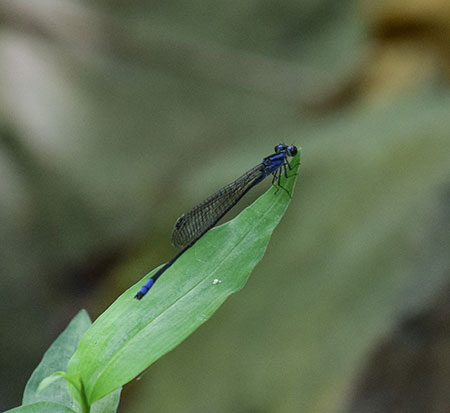
Eyes
Dragonflies have much larger eyes than damselflies. A dragonfly’s eyes take up most of the insect’s head, wrapping around to the sides of its head. Damselflies also have large eyes, but they are smaller than a dragonfly’s and there is always a space between their eyes.
Bodies
Damselflies are smaller than dragonflies, with bodies that typically range between 1 1/2 inches and 2 inches, while dragonfly bodies are typically longer than 2 inches, Wisconsin Public Radio(Opens in a new window) reports. Dragonflies also have thicker, bulkier bodies, while damselfly bodies are thin like a twig.
Wings
Both dragonflies and damselflies have two sets of wings, but there are some distinct differences in their wings that can help differentiate between the two. Dragonflies have two sets of similar-sized wings, but the hind wings become more broad at the base, where they attach to the body. Damselfly wings, on the other hand, are more slender and taper toward they base, where they attach to the body.
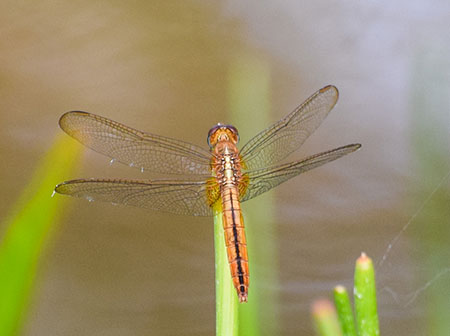
At rest
While the wings of dragonflies and damselflies are a key distinction between the two, how they position their wings while not in flight further helps tell them apart. When not in flight, a dragonfly’s wings stick straight out, perpendicular to their body like an airplane’s wings. A damselfly’s wings fold back so they are in line with their body, giving them a more sleek, slender appearance at rest.
Distinguishing between ‘Dragons’ and ‘Damsels’
Do you know that dragonflies and damselflies have been on earth for more than 300 million years, even before dinosaurs?
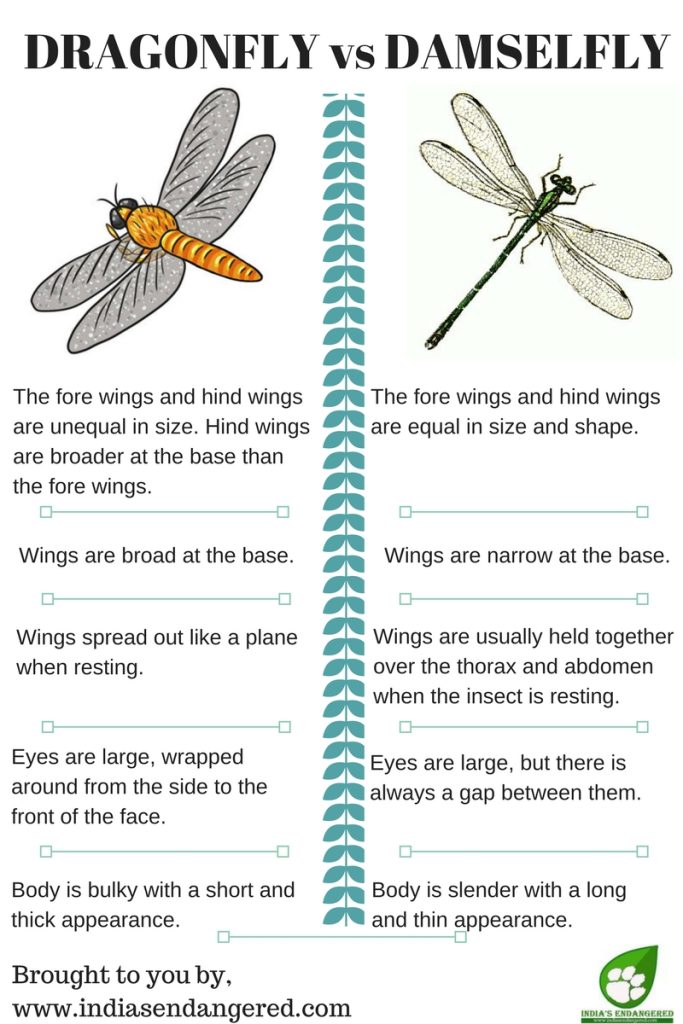
Dragonflies and Damselflies: How to Tell the Difference
The fantastic weather is bringing out all kinds of wildlife, and this past week we have been inundated with damselflies and dragonflies around the loch. But how can you tell the difference between the two? We have a few handy tips to help you out!
Look at their wings when they are resting. Are they spread like an aeroplane, or closed together? Damselflies rest with their wings closed, and dragonflies the opposite, so this is a big give away!
How close together are their eyes? If you are fortunate enough to get an up close view of dragons and damsels, then you will notice that dragonflies have very large eyes that are close together, whereas damselflies have, though still large, smaller eyes with a gap in between.
Are they chunky or are they twig-like? Dragonflies have much chunkier and short bodies, and damsels are the opposite with and extremely long and narrow body.
What shape are their wings? This is probably the most difficult feature to observe, as sometimes they have disappeared before you get a chance to look. Damselflies have wings that are both the same size and shape, which taper where they attach to the body. Dragonflies, however, have different shaped fore and hind wings. Their hind wings are much broader and don’t taper so much where they attach to the body, giving them more of a plane look.
(1) Eyes
Dragonflies have large eyes that almost touch each other and take up most of the head as they wrap around from the side to the front of the face.
The eyes of a damselfly are large, but there is usually a gap of space between them.
The compound eyes of the dragonflies and damselflies help them see and sense movement in any direction. These eyes can also perceive colour, light polarisation and even UV light.
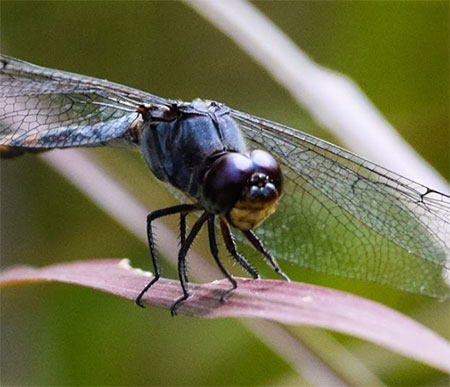
(2) Body shape
Dragonflies have a bulkier body shape compared to damselflies. Their bodies are shorter and thicker, while damselflies are more slender, with bodies that look as thin as a twig. The largest dragonfly that ever lived was said to have a wing span of 72 cm!
(3) Wing shape
Both dragonflies and damselflies have two pairs of wings. Dragonflies have hindwings that are larger than their forewings since they broaden at the base. Each pair of wings can function independently. The wings have tiny pockets that catch the tiniest gusts of wind, enabling the dragonfly to take flight quickly. They can fly in every direction, even backwards!
Damselflies have wings that are the similar size and shape for both pairs, becoming quite narrow as they connect to the body.

